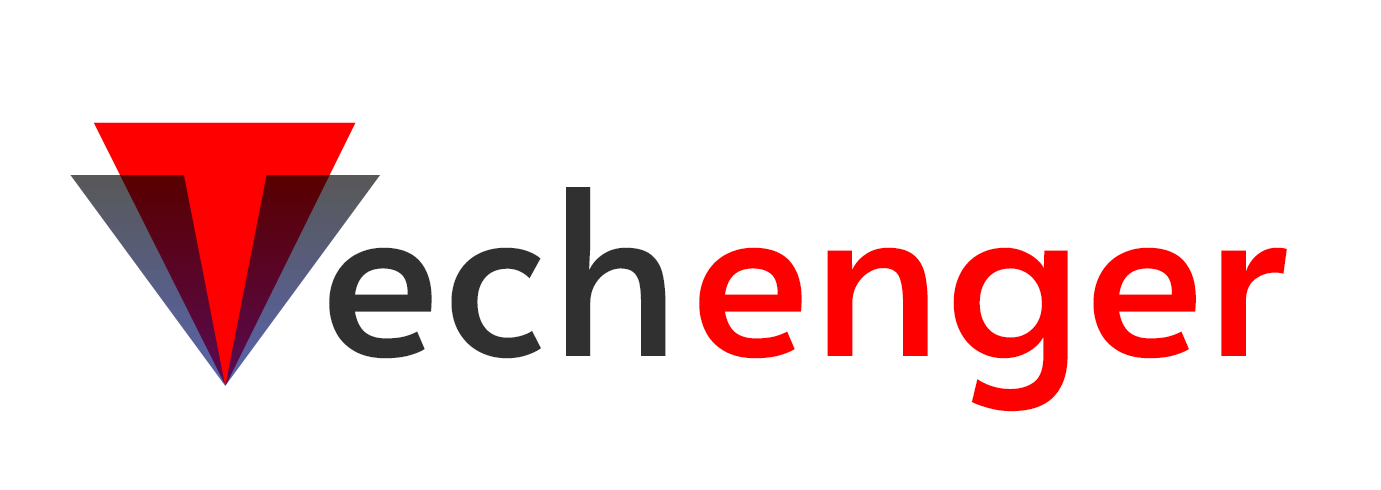Digital learning is an advanced learning method that uses technology and online resources to deliver learning solutions. It provides educational content through digital platforms such as computers, tablets, smartphones, and virtual reality headsets.
Digital learning can be real-time or recorded and can include various types of Blended learning solutions, such as:
- E-learning Courses: These are self-paced, online courses that provide learners with interactive content, quizzes, and assessments.
- Interactive Simulations: They can be used to teach everything from basic math concepts to complex medical procedures.
- Virtual Classrooms: These are online learning environments that allow learners to interact with teachers and peers in real time. They can be used for live lectures, discussions, and collaborative activities.
- Online Discussions: These are platforms or chat rooms where learners can discuss course content, ask questions, and share ideas with their peers. They can be moderated by teachers or facilitated by learning management systems.
- Adaptive Learning Platforms: They provide learners with tailored content, feedback, and assessments to help them master the material at their own pace.
Overall, digital learning solutions offer learners greater flexibility, convenience, and accessibility than traditional classroom-based methods while also providing teachers with powerful tools for delivering engaging and effective instruction.
Table of Contents
What is Blended Learning?
Blended learning is an educational system that combines offline classroom instruction with online learning resources and activities. It involves the use of digital technologies, such as learning management systems, e-books, videos, and interactive simulations, to enhance and supplement classroom learning. Blended learning allows for greater flexibility in learning, as students can access online materials at their own pace and convenience while still benefiting from the structure and interaction of traditional classroom instruction. The goal of blended learning is to provide a more customized learning experience that goes with the diverse needs and preferences of students.
Blended learning is a modern educational approach that merges traditional classroom instruction with online learning methods. This approach offers learners a flexible, personalized, engaging, and cost-effective learning experience. The main objective of blended learning is to create a learning environment that combines the benefits of both traditional classroom learning and online learning. It allows learners to take advantage of the best aspects of both methods.
Importance of Blended Learning
Blended learning is becoming increasingly important in modern education due to its numerous benefits for both students and educators. Here are some reasons why blended learning is crucial:
- Flexibility: Blended learning offers greater flexibility in learning as students can access online resources at their own pace and convenience. It is particularly beneficial for working adults, students with disabilities, and those living in remote areas where traditional classroom instruction may not be feasible.
- Personalization: Blended learning allows for greater personalization in learning as students can choose the resources and activities that best suit their learning styles and preferences. It helps to improve engagement, motivation, and retention of knowledge.
- Collaboration: Blended learning promotes collaboration and communication among students as they can interact with each other through online discussion forums, group projects, and peer review activities.
- Cost-Effective: Blended learning can be more cost-effective than traditional classroom instruction as it reduces the need for physical classroom space, textbooks, and other materials. It can help to make education more accessible and affordable for students.
- Technology Skills: Blended learning solutions help to develop technology skills among students as they learn how to use digital tools and resources effectively.
- Teacher Support: Blended learning provides teachers with more opportunities to provide individualized support to students as they can monitor their progress online and provide feedback in real-time. It helps to improve student outcomes and academic performance.
Blended Learning Solutions for Employee Training
Solution for blended learning combines classroom instruction with online techniques for flexible employee training. Here are some ways blended learning can be used for employee training:
- Orientation and Onboarding: Blended learning can be used to provide new employees with an orientation and onboarding program that combines classroom instruction with online modules.
- Compliance Training: Blended learning can be used to deliver compliance training that covers topics such as safety, security, and regulatory requirements. This approach allows employees to complete mandatory training modules online while also providing opportunities for classroom instruction and discussion.
- Skills Development: Blended learning can be used to deliver skills development training that covers topics such as leadership, communication, and project management.
- Performance Improvement: Blended learning can be used to deliver performance improvement training that focuses on improving specific skills or addressing performance gaps. This approach allows employees to receive targeted training through online modules while also providing opportunities for classroom instruction and coaching from trainers.
- Certification Training: Blended learning can be used to deliver certification training that prepares employees to earn industry-recognized certifications. This approach allows employees to complete online modules while also providing opportunities for classroom instruction and practice exams.
How Does Blended Learning Combines Traditional and Online Methods?
Blended learning blends traditional classroom teaching with online learning methods. This blended approach provides learners with a flexible, individualized, and interactive learning experience.
Traditional teaching methods involve classroom-based instruction, where learners interact with teachers and peers in a physical learning environment. These methods have been used for centuries and have proven effective in delivering knowledge and skills. However, traditional teaching methods also have their limitations. Classroom instruction can be inflexible, as learners are required to attend scheduled classes at specific times and locations.
Online learning, on the other hand, involves delivering educational content through digital platforms such as websites, learning management systems, and virtual classrooms. Online learning offers learners flexibility, as they can access course materials at their convenience from any location with an internet connection. Moreover, online learning provides learners with a wide range of interactive multimedia resources that cater to different learning styles and preferences.
Blended learning combines the strengths of both traditional and online teaching methods to provide learners with a more comprehensive and engaging learning experience. In a blended learning method, learners attend traditional classroom sessions for some parts of the course while they complete other parts online. This blended approach offers several benefits:
- Blended learning provides learners with flexibility in terms of time and location. Learners can attend classroom sessions at scheduled times or complete online modules at their convenience. This flexibility allows learners to balance their academic commitments with other obligations, such as work or family commitments.
- Blended learning allows for personalization of the learning experience based on individual needs and preferences. Moreover, teachers can use data analytics to track learner progress and provide personalized feedback and support.
- Blended learning offers learners an engaging and interactive learning experience that combines the benefits of traditional classroom instruction with the interactivity of online resources.
- Blended learning is more cost-effective than traditional classrooms, as it reduces the need for physical classrooms, textbooks, and other materials. Moreover, blended learning can reduce travel costs for learners who live far from the institution or who have mobility issues.
Conclusion
In conclusion, blended learning combines traditional classroom instruction with online learning techniques to provide learners with a flexible, personalized, engaging, and cost-effective learning experience. Blended learning offers several benefits that make it an attractive option for learners seeking a more comprehensive and engaging educational experience. Blended learning is expected to gain more popularity in the years to come as technology advances.
Moreover, blended learning is a more engaging and interactive learning experience than traditional classroom learning. It allows learners to collaborate and with their instructors, which can help them to develop stronger relationships and a deeper understanding of the subject matter. Furthermore, blended learning can be a cost-effective option for both learners and institutions, as it reduces the need for physical resources and can help to lower costs associated with transportation and accommodation.




